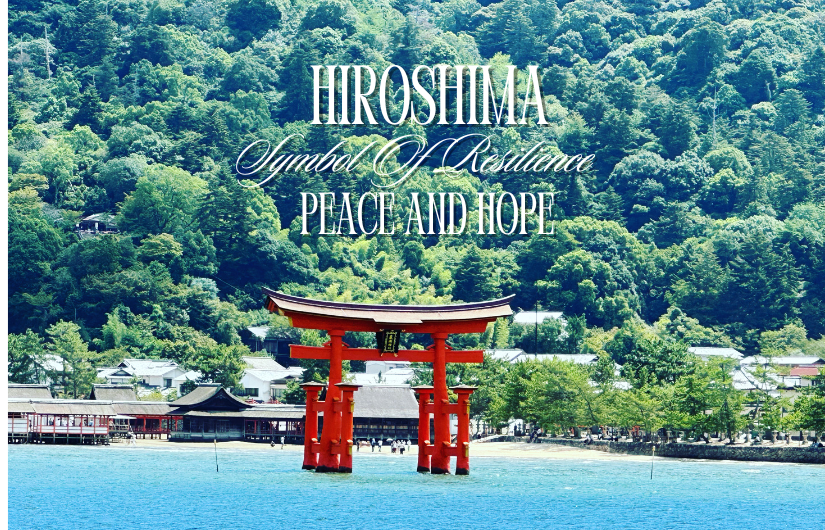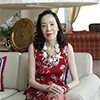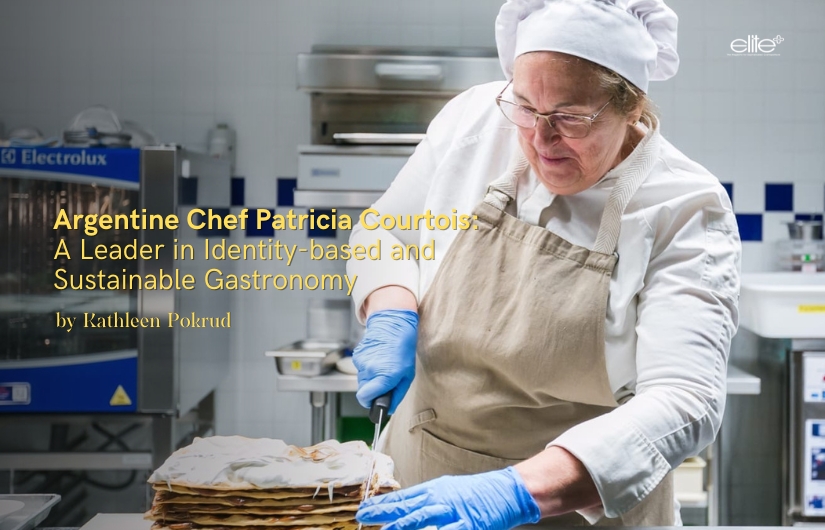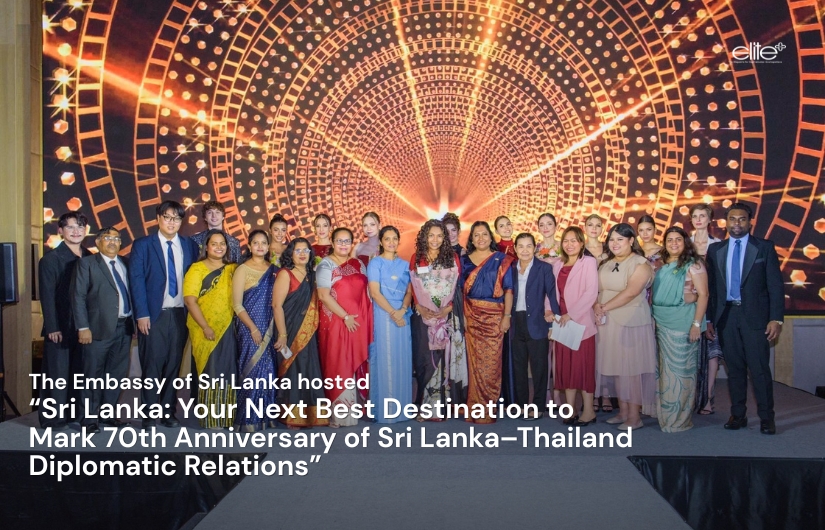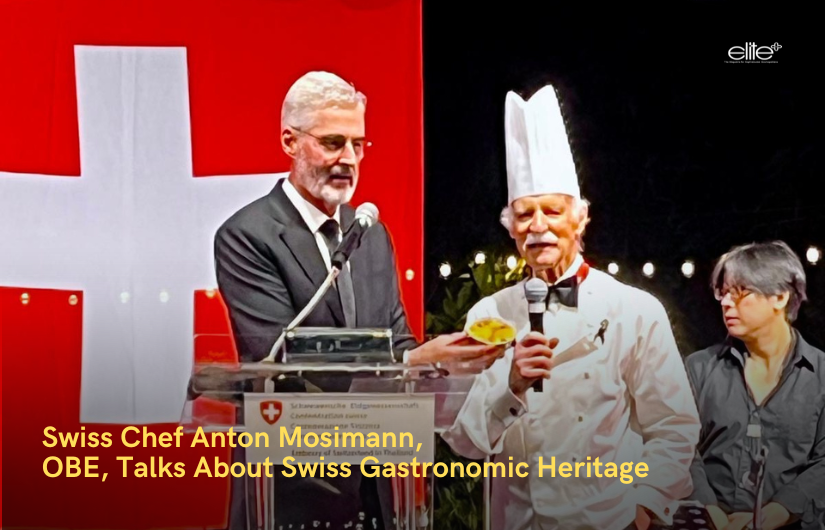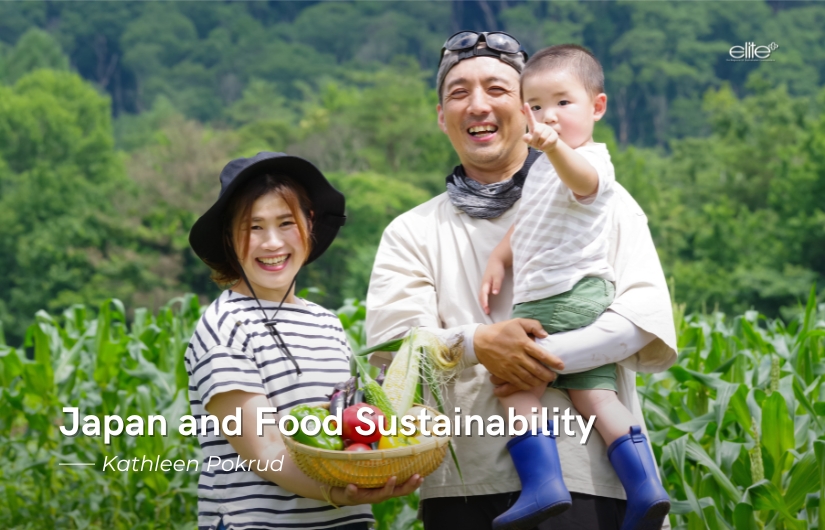Hiroshima: Symbol of Resilience, Peace and Hope
By Kathleen Pokrud
Hiroshima recently hosted the G7 Summit 2023. The city is not a usual, favorite holiday destination like Tokyo, Osaka or Hokkaido. However, with the ongoing war in Ukraine and other conflicts happening around the world, Hiroshima may be worth visiting to better understand the devastation caused by war. It offers the opportunity to learn about Japan’s history.
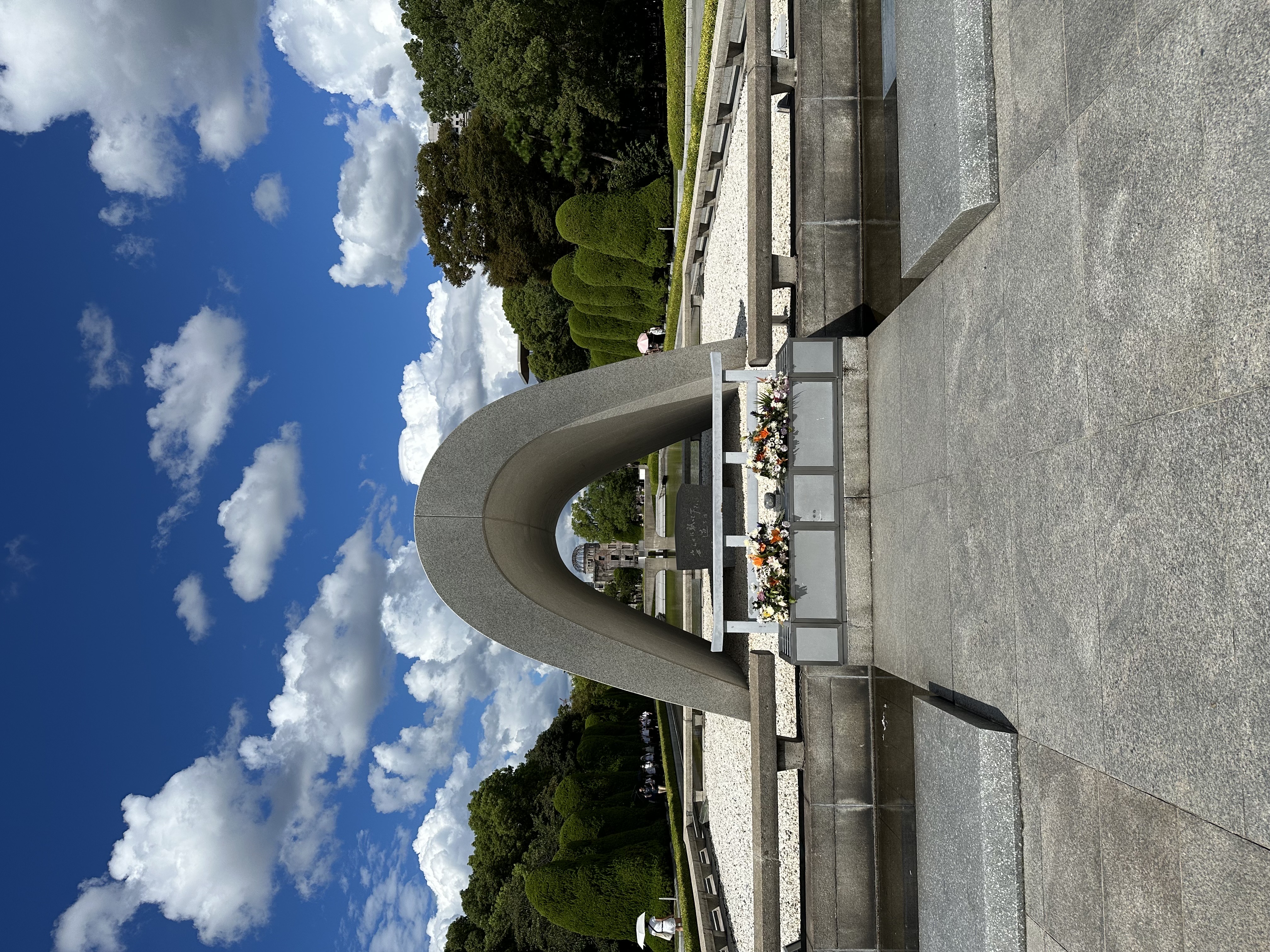
Every year millions of visitors come to Hiroshima go to pay respect to the Atomic Bomb Dome which was declared a UNESCO World Heritage Site. There is also the Itsukushima Shrine on Miyajima, considered one of the crown jewels of Japan. The island is just off the coast of Hiroshima and is another World Heritage Site.
The Hiroshima Peace Memorial Park is a must-visit for any first-time visitors to Hiroshima. The park was built to as a memorial to the victims of the atomic bombing in 1945 and to promote world peace. At the entrance stands the Atomic Bomb Dome, not in its full form, but now a towering sculpture of what is left after the devastation of the atomic bomb.
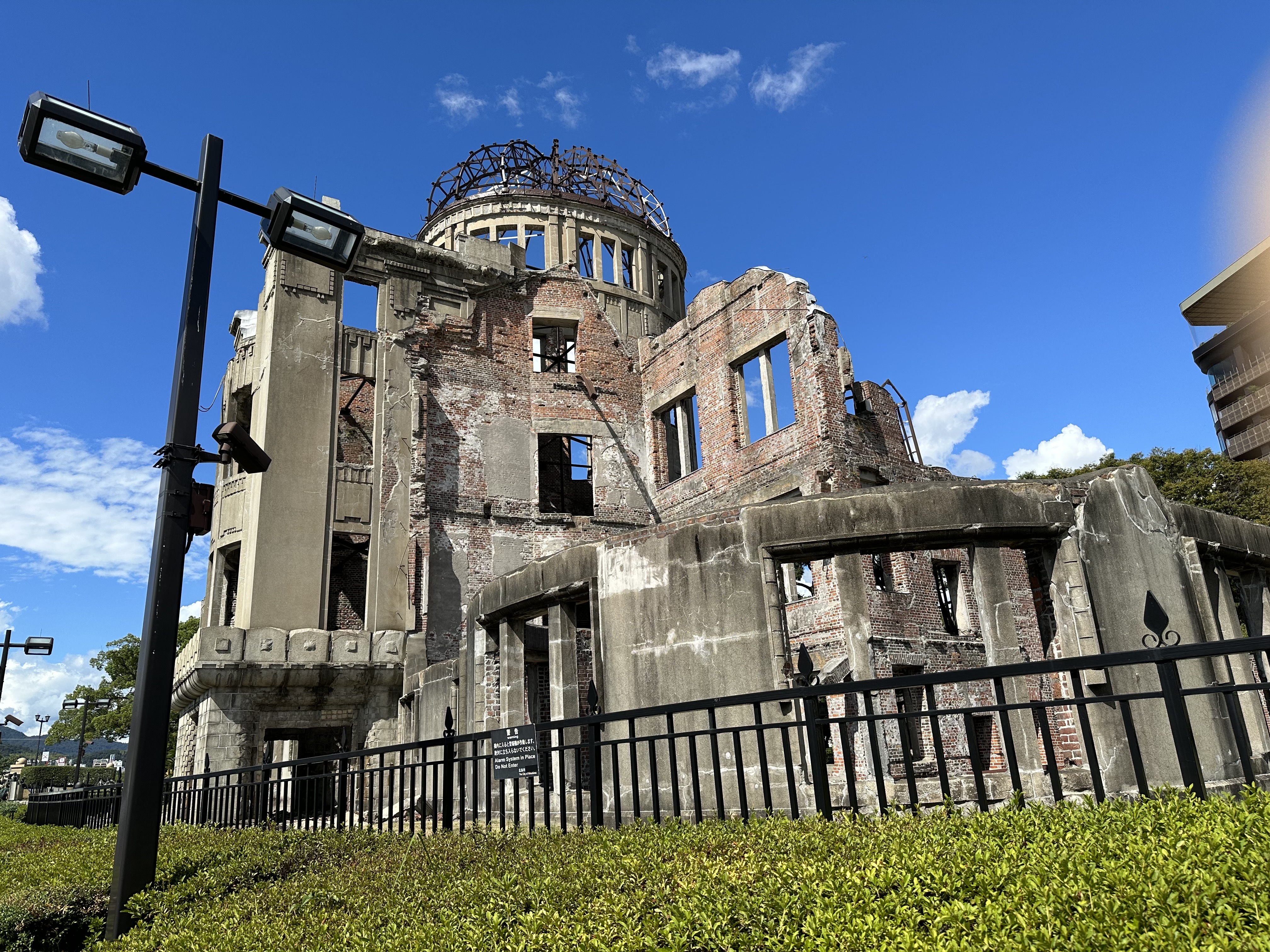
The first atomic bomb was dropped on Hiroshima on 6 August 1945. The Atomic Bomb Dome, also known as the Hiroshima Peace Memorial, stood just below the explosion. The ruined building was not completely destroyed and has been declared a UNESCO World Heritage site and sadly serves as a reminder of the over 140,000 residents who were killed in the atomic bombing of Hiroshima at the end of the Second World War.
Inside the Memorial Park, there stands a sculpture portraying two hands pressed together at the wrists and bent back so the palms point up to the sky. It communicates compassion for those victims who were unable to satisfy their thirst for water following the destruction. It also symbolizes the desire for nuclear abolition and lasting world peace.
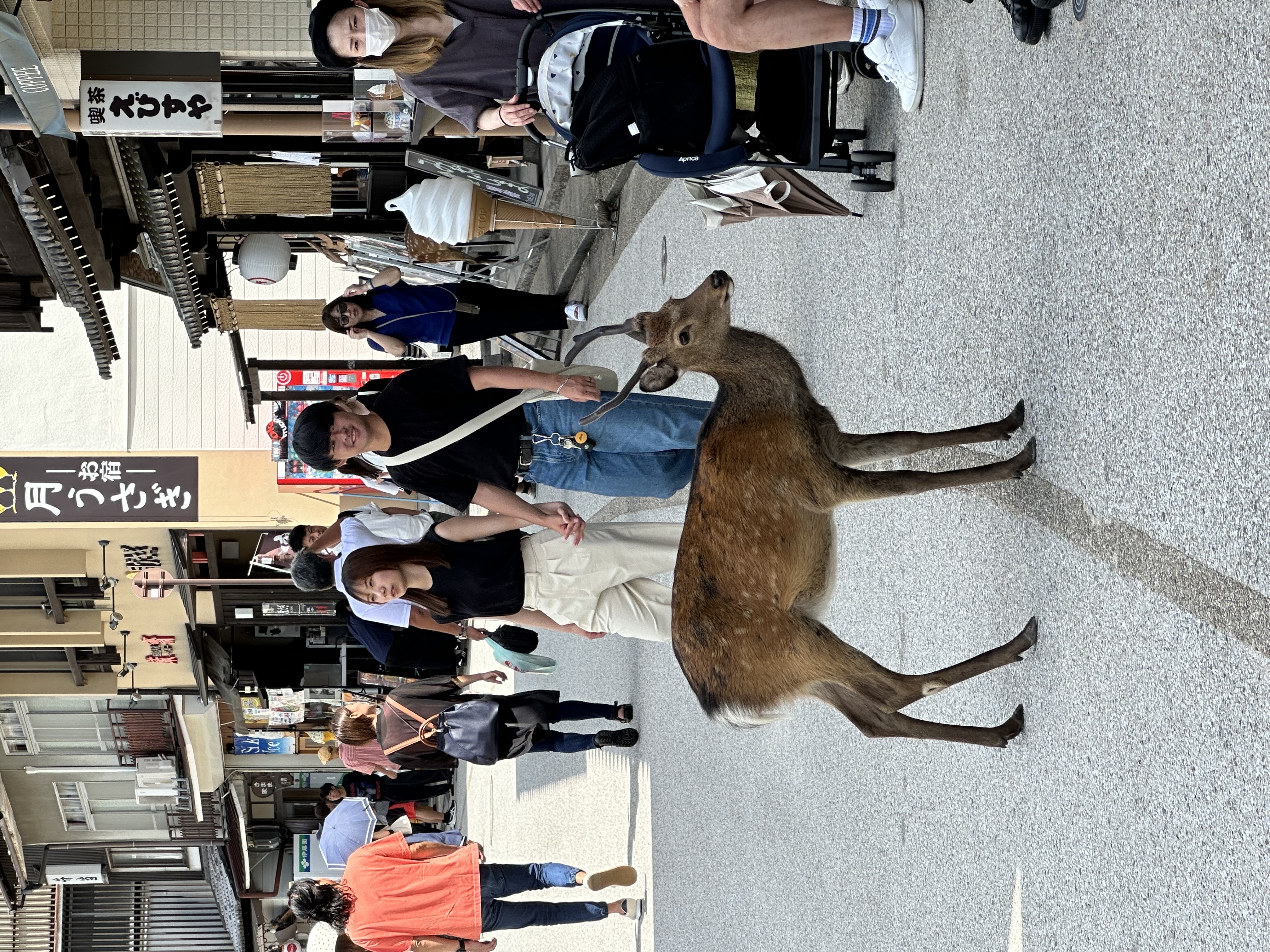
Another significant display is the eternal flame that has burned continuously since it was lit on 1 August 1964. The flame is to burn "until the day when all such horrific weapons have disappeared from the earth."
Hiroshima Víctims Memorial Cenotaph, commonly known as the Monument to the Atomic Bomb Victims, has the names of all those who lost their lives, regardless of nationality, inscribed in a central stone vault.
The small island less than an hour from the Hiroshima, Miyajima, Japanese for “shrine island”, is very easy to reach. On the short ferry ride, visitors can view a giant torii gate built in the Seto Inland Sea. During high tide, it seems to float upon the water for a stunning visual effect; while visitors can walk on dry land during low tide. This gate is one of the most photographed and recognized symbols of Japan.
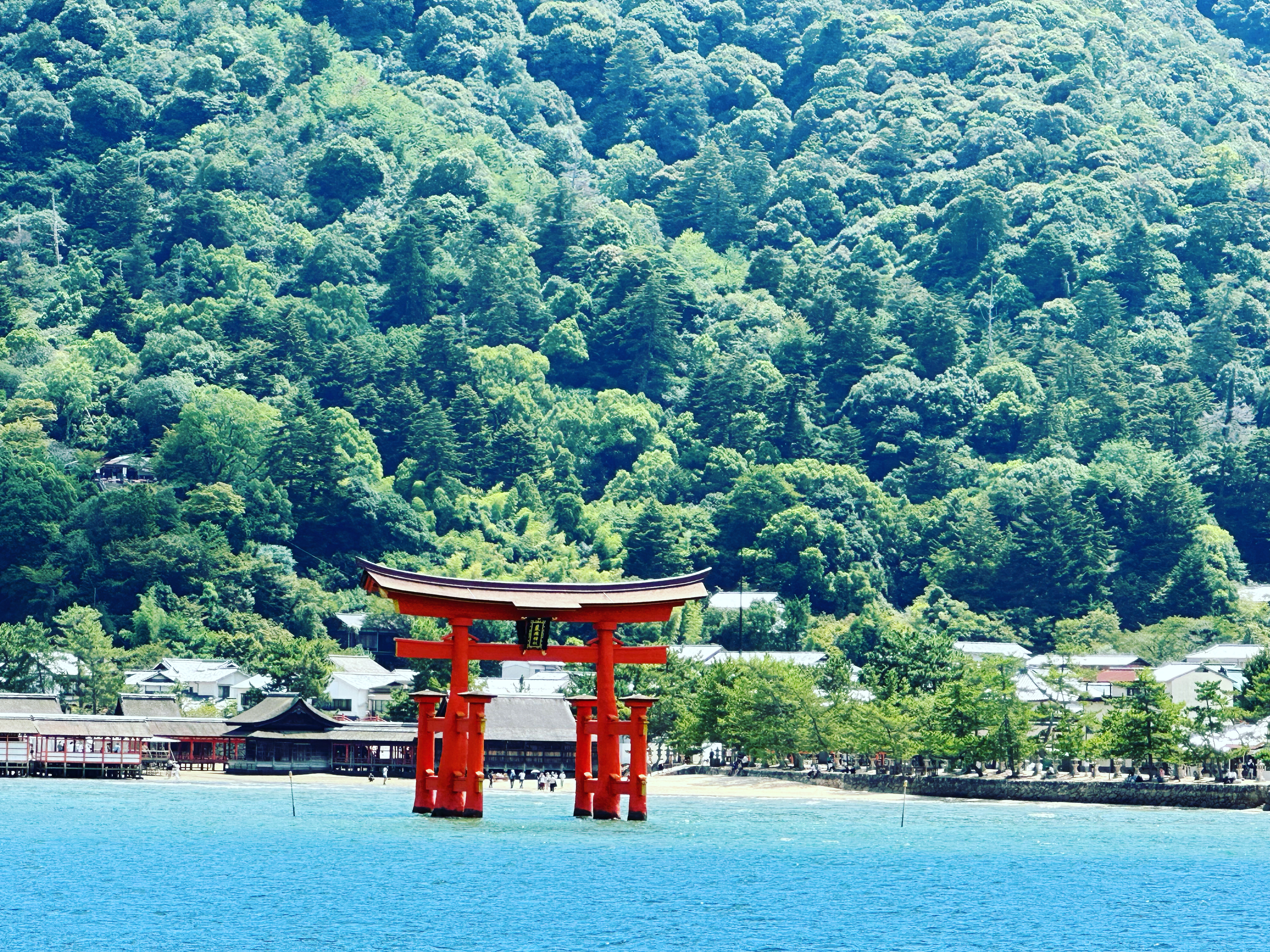
The island is known for its famous Itsukushima Shrine. It is a Shinto shrine that dates back to the 6th century. Also known as Itsukushima-jinja, it is one of Japan’s most iconic and celebrated landmarks and has also been designated a UNESCO World Heritage Site. The original shrine was established by Saeki no Kuramoto, a powerful local clan, and it has been rebuilt and expanded over the centuries. The shrine complex consists of several buildings, including the main hall, prayer halls and a Noh theater stage.
The island of Miyajima itself is considered a spiritual place. Visitors to Itsukushima Shrine can explore the shrine buildings, stroll through the beautiful grounds and stunning architecture as well as enjoy panoramic views of the surrounding scenery. Wild deer inhabiting the areas, this is an additional attraction offering a unique opportunity to experience the rich history, natural beauty and spiritual traditions of Japan in one captivating location.
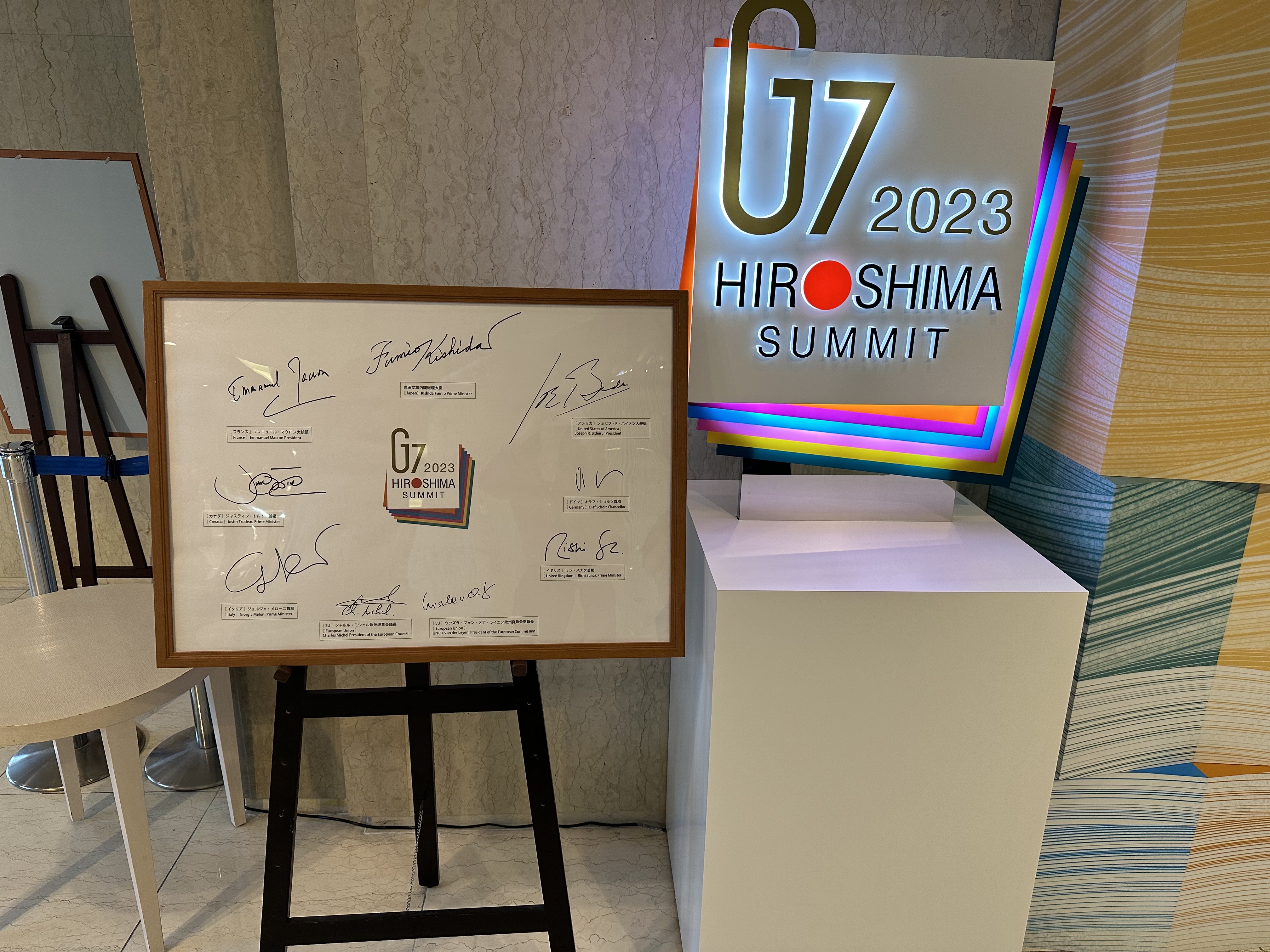
Turing to some more lighter activities, one new attraction to visit in Hiroshima is the Grand Peace Hotel, which hosted the G7 2023 Summit in May. Visitors can even try the same dishes served to the attending world leaders.
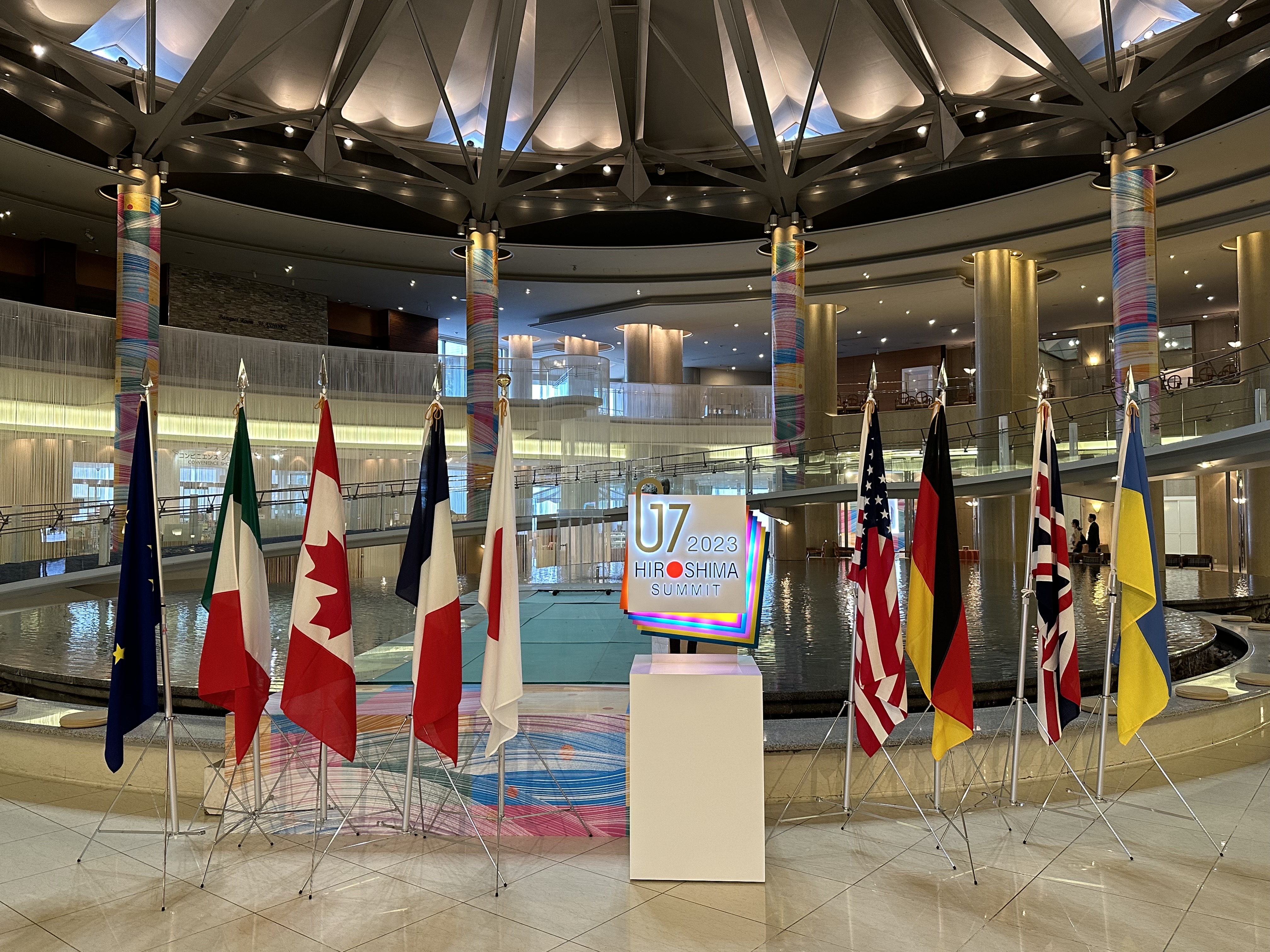
Hiroshima offers other diverse culinary tastes for all visitors. Not to be missed is the local, savory okonomiyaki pancakes made with a batter of eggs, flour, cabbage and toppings; however, the unique Hiroshima-style includes layers of ingredients such as noodles, sliced pork and additional vegetables, stacked on top of the pancake. The portions are enormous with different colourful combinations that make “Instagram” worthy photographs
Many Hiroshima stores offer beautifully packed boxes of Momiji snacks. These tasty delicacies are maple-leaf shaped cakes filled with red bean paste. It is one of Hiroshima prefecture's most popular souvenirs.
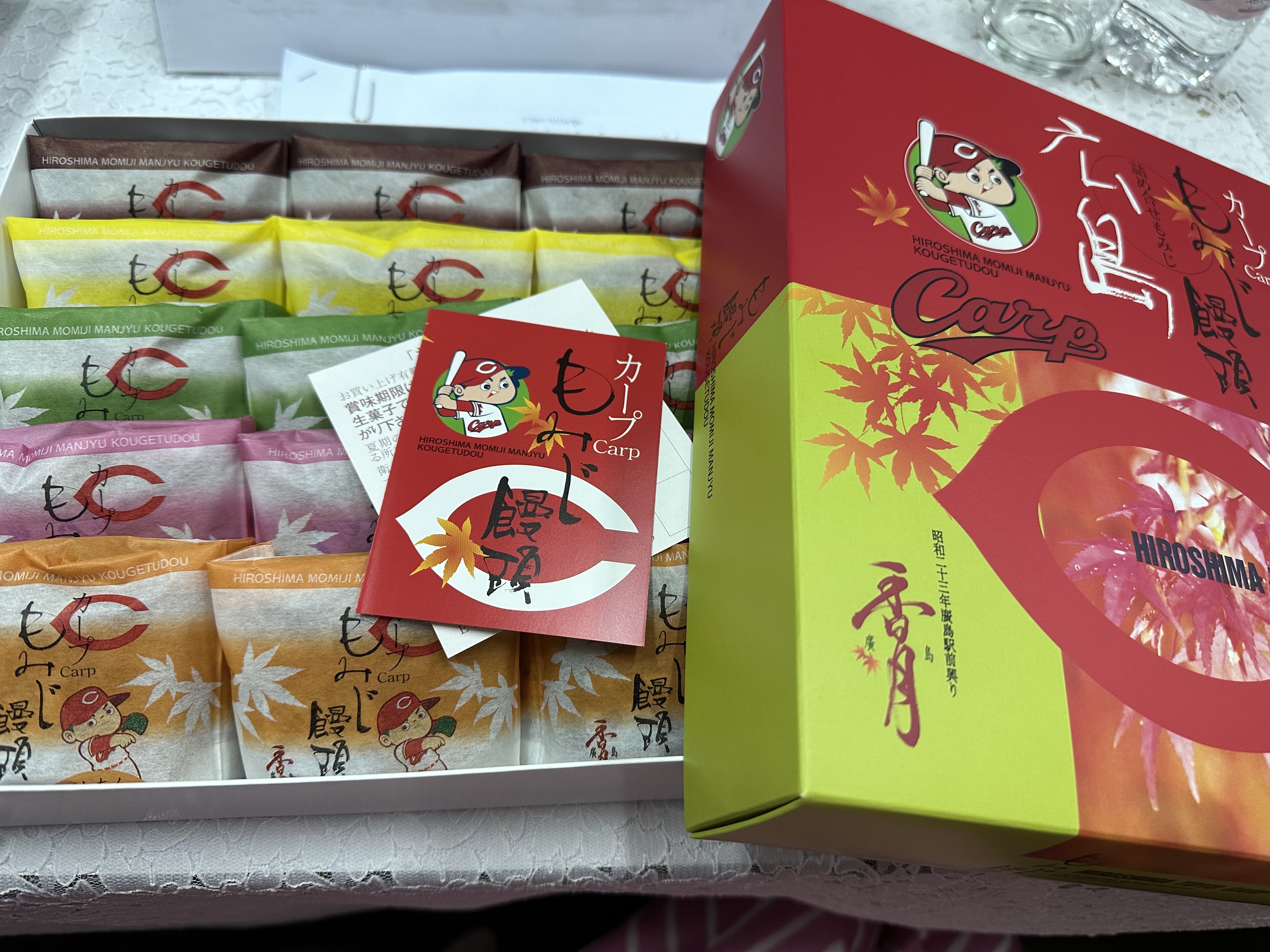
Hiroshima is filled with abundant seafood. The prefecture produces 60 percent of Japan’s oysters. Local ones are plump and succulent. Many restaurants offer plenty of ways to serve them, fresh and raw, grilled, in rice bowls or hot pots. Saltwater eel is another preferred culinary delight in Hiroshima.
“Omotenashi” culture is known for being polite, friendly and welcoming to guests while Japanese hospitality is characterized by its attention to detail and dedication to providing exceptional service. Different than many places, tipping in Japan is not required as good service is expected and respect is more valued.
A trip to Hiroshima can be completed in two days, but shouldn’t be rushed as the city offers a profound experience along with rich history and culture, much to learn and enjoy.


